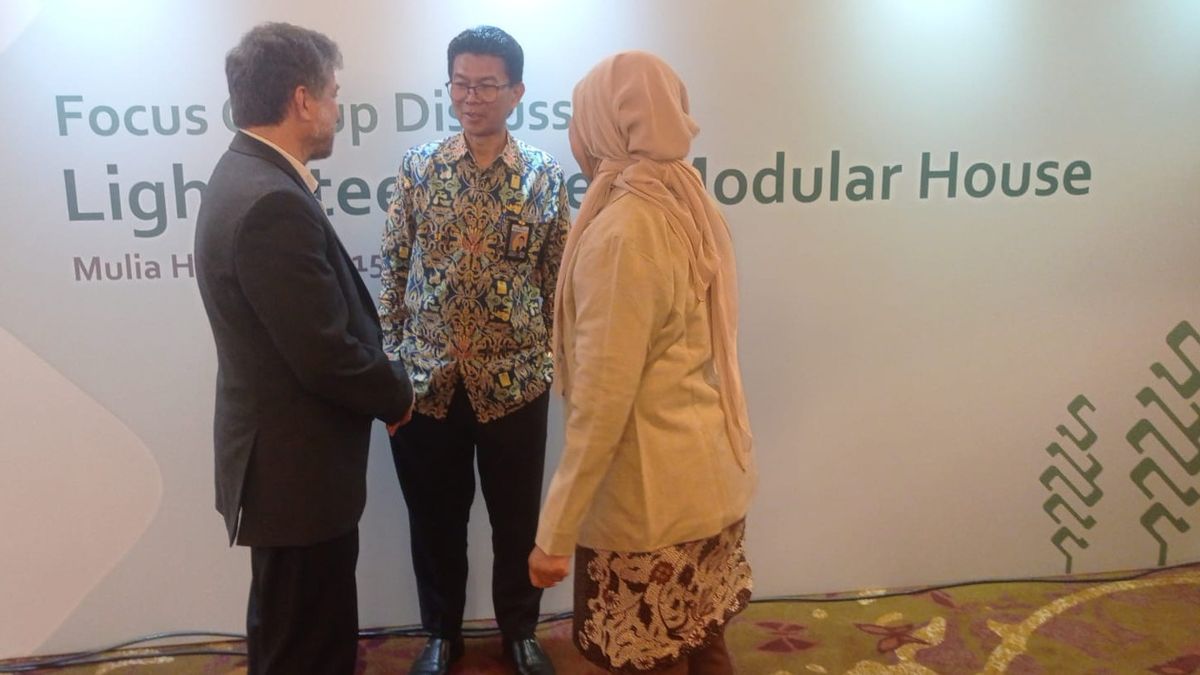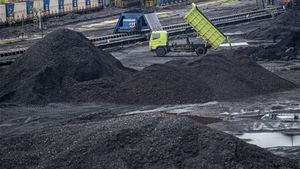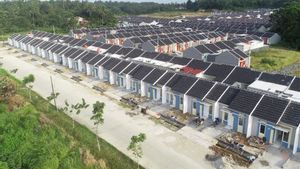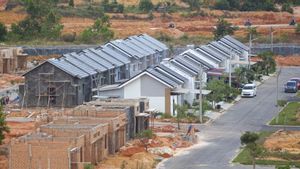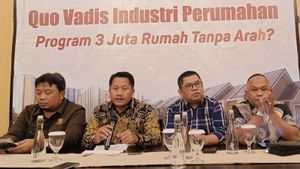JAKARTA - According to data released by the United Nations Environmental Program (UNEP), it is estimated that 40 percent of energy consumption and about 30 percent of greenhouse gas emissions are produced from the fostered environment.
The construction of housing is one example.
Whereas housing is a diverse architectural typology whose configurations are determined not only by those who design it but also by the use of the people who live in it.
The home is basically a structure that adapts and develops over time and its users.
According to a World Bank report on the impact of Urban Heat Island, especially when considered at the same time as climate change, is a serious and greater threat to the competitiveness, habitability, and inclusiveness of cities in East Asia. What is worrying is that cities in Indonesia, Malaysia, and the Philippines are affected by the worst UHI with an average surface temperature (Land Surfaces Temperature/LST) of up to 6.6 degrees Celsius warmer than the rural areas around them," said Founder of the Sustainable Builders Community, Cities & Communities (SBCC) Eng Beta Paramita.
According to him, the houses currently built will not be the same as the houses built tomorrow, so there needs to be a critical and deep approach to their role in the fostered environment.
The modular house consistently features itself as a dynamic design strategy that has revolutionized conventional housing, developing versatile solutions for space and sustainable construction practices, he said.
Therefore, he continued, modular housing has become fertile land to explore and deepen ways of occupying space and meeting human needs.
"From the catalog of prefabricated houses in the 19th century to the post-World War II housing boom, its evolution reflects past proposals and exploration of new concepts for the future which are certainly more environmentally friendly," he explained.
The modular house is a house with a construction of a special building made of factory materials and built in a different way from an ordinary house.
The components such as walls, windows and doors, and roofs have been produced first, so that later they only need to be assembled (assembly) at the construction site without leaving waste.
This type of construction is usually faster and requires less material, resulting in 50 percent cost efficiency compared to conventional or traditional constructions.
The new technology has allowed buildings or modular houses to be built bigger, higher, and in many designs. Units can be shipped across the country and assembled on site within days. This modular house is built using a system that involves sequential processes that now use modern techniques such as 3D digital modeling, thus allowing the initial planning to make the process more efficient, said Chairman of the Indonesian Modular House Association (ARMI) Nicolas Kesuma.
SEE ALSO:
Nicolas added, when viewed from the increasing need for housing development in Indonesia, especially for low-income people, a light steel-structured modular house (steel frame) is the right choice. The reason is, in addition to saving energy on operations and cost-effective, small steel-structured modular houses are also strong, lightweight, cooler in development, cooler, lower in carbon footprint and environmentally friendly.
The need for a light steel-structured modular house can also be met by a national steel industry which will provide a fairly high TKDN value and will increase production utilization which ultimately drives the wheels of the economy according to the goals of the SDGs. In addition, by utilizing the roof covering and wall covered with solar reflective paint which has a high SRI (Solar Reflectance Index) value, this urban heat island effect can also be minimized, "concluded Nicolas.
The English, Chinese, Japanese, Arabic, and French versions are automatically generated by the AI. So there may still be inaccuracies in translating, please always see Indonesian as our main language. (system supported by DigitalSiber.id)
